Electrical feeders are an important part of electrical engineering panels. Electrical panels come in different categories like control panels, PCC panels, MCC panels, etc. They have a large number of electrical components which help in managing the control of the electric power supply properly.
Electrical components have a large number of data in them which can help in gaining information about the electrical flow accurately. This data can be used with industrial automation technologies, to help control, manage, and secure the data.
In this post, we will learn about the various industrial automation technologies used in electrical feeders.
Electrical Feeder
A feeder is an electrical distribution network system, which does the job of supplying power from a main source to various loads requiring electricity.
Electrical power from a main transformer or substation is fed to an electrical bus bar of a feeder panel. This bus bar distributes three phase supply to various small cabinets, requiring power.
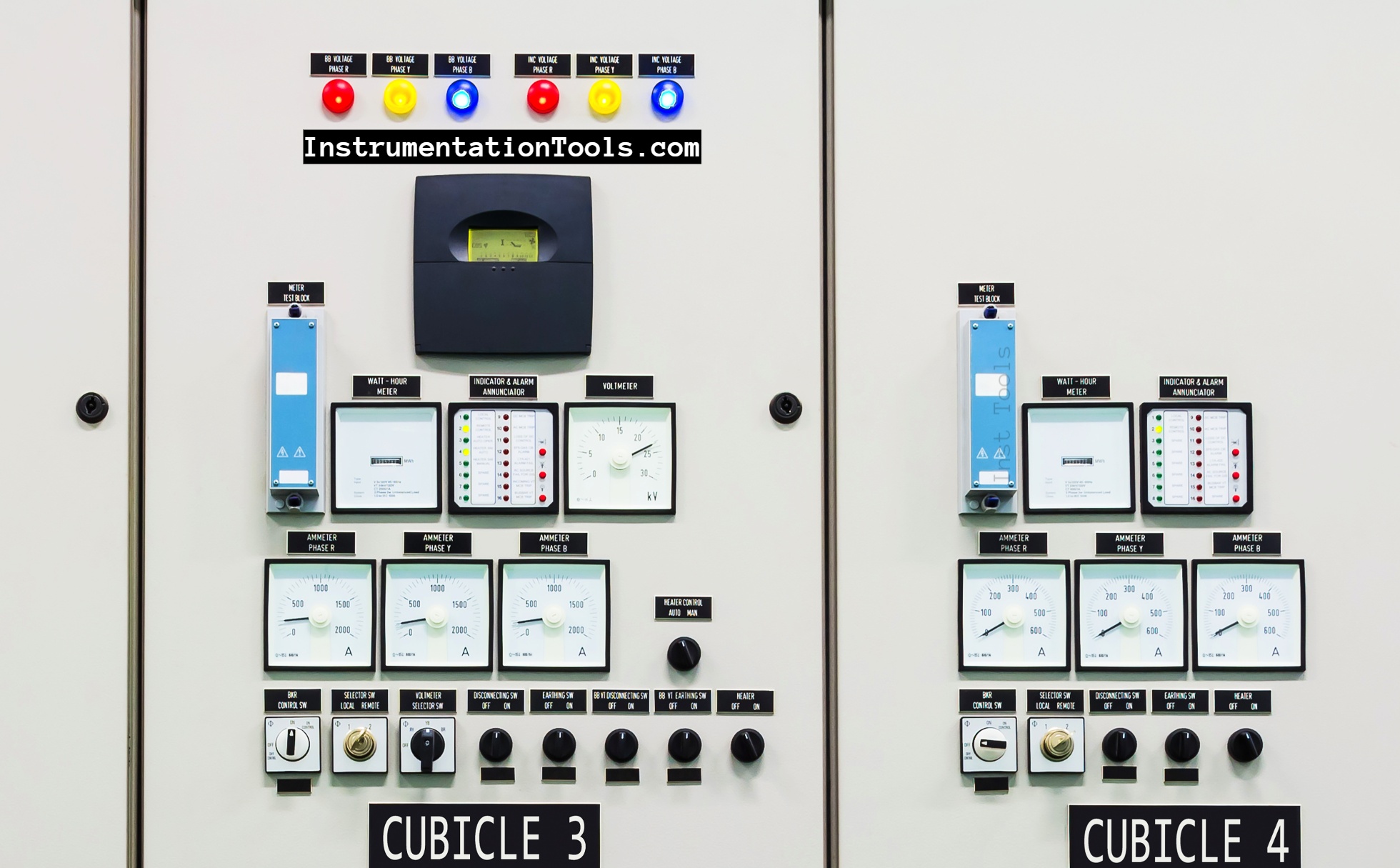
The electrical cabinets have control circuits in them which are used to supply power in a controlled manner to various loads like motors, lighting, industrial machinery, PLC control panels, etc. This means, each cabinet housing is connected to a corresponding electrical load, and these loads get power from the bus bar which has supplied mains power to their corresponding cabinets.
In this way, a feeder controls electrical power by first taking the input and then giving the output through various controls.
Electrical Feeder Automation in Smart Grid
Let us have a look at some of the automation technologies used in electrical feeders:
- Smart RTUs are available in the market which detects overcurrent faults or broken conductors or voltage loss. Basically, electrical faults are dangerous in nature and any delay in detecting it can damage the whole circuit quickly. So, with modern automation tools, various faults by current and voltage can be detected quickly. This reduces outage time because a prolonged outage in the feeder can hamper the electrical loads.
- After a fault occurs, it is required to restore the electrical network quickly. So, after an issue occurs, automation in controllers quickly restores the network. This too helps in reducing the outage time to a great extent, as the user quickly gets to use the system.
- When the neutral wire is cut out mistakenly or accidentally from the transformer supply, it can damage the electrical circuit quickly. So, there are solutions in the devices to detect neutral cut-outs in the network.
- Modular automation solutions allow remote control of the electrical devices, which helps in managing and controlling data, allows software updates of devices easily, reduces maintenance time of the personnel working on it, manages load shedding, and provides proper monitoring of the electrical environment.
- The devices come with enhanced cybersecurity features, which help in protecting data securely. Also, the SCADA systems once integrated with these devices, can help in additionally securing the data by co-ordinating with them on networking.
- Smart solutions in feeder automation help in load break switch monitoring, volt var optimization, blown fuse detection, thermal transformer monitoring, and LV load flow monitoring.
- Mostly, apart from SCADA monitoring and control, the main advantage of automation in it comes from fault detection. Fault detection was discussed earlier too; but it is to be noted that all these devices employ various communication protocols which are compatible with modern PLCs, to help them communicate data easily.
If you liked this article, then please subscribe to our YouTube Channel for Instrumentation, Electrical, PLC, and SCADA video tutorials.
You can also follow us on Facebook and Twitter to receive daily updates.
Read Next:
- List of Electrical Drawings
- Bus Coupler in Electrical Panel
- Types of Stepper Motors
- Electrical Conduit Seal
- Electric Components Overheating
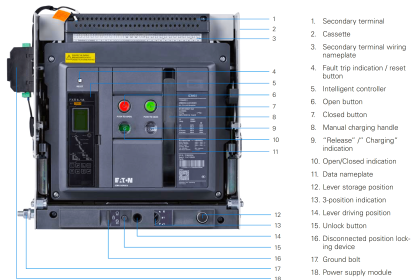

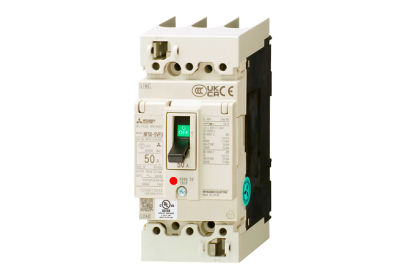

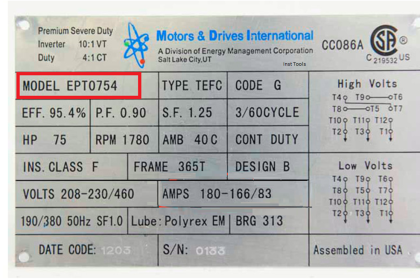
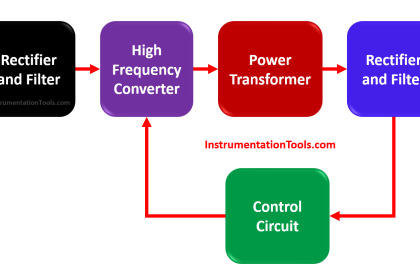
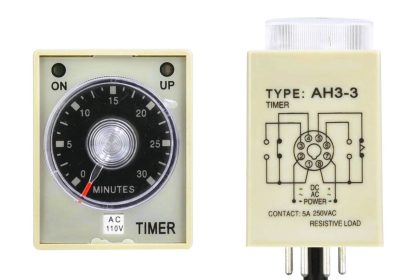

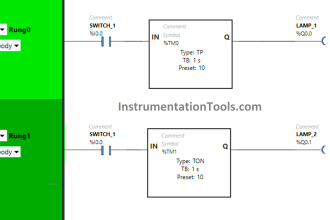
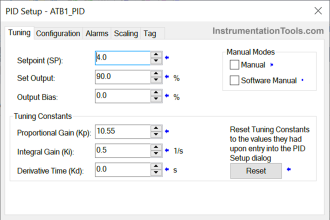
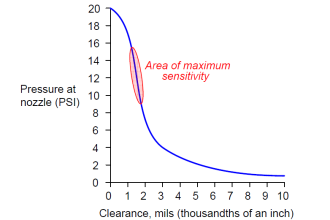
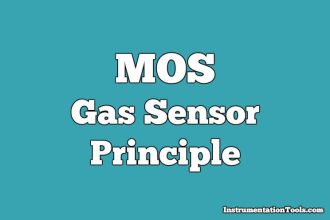

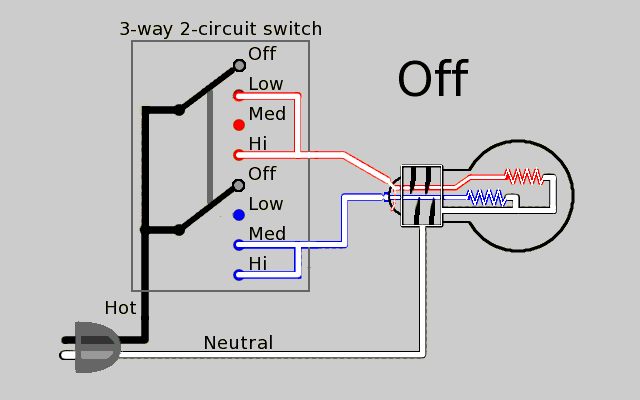



Looking forward to hear more from you.and thankyou for the knowledge